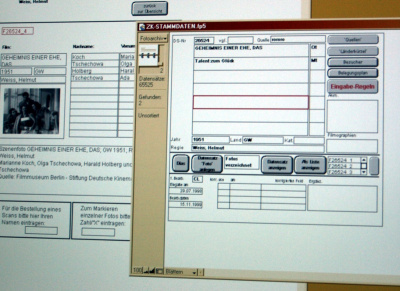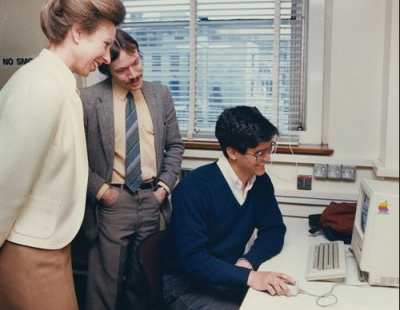Difference between revisions of "How fragmentation happens"
From filmstandards.org
(→So many databases ...) |
|||
| Line 57: | Line 57: | ||
{| height="20px" width="100%" | {| height="20px" width="100%" | ||
|- style="text-align:center; " | |- style="text-align:center; " | ||
| − | |<span style="color:#808080"> • Previous: [[How EN 15744 and EN 15907 came into being]] • Up: [[TC 372 Workshop Compendium|Contents]] • Next: [[ | + | |<span style="color:#808080"> • Previous: [[How EN 15744 and EN 15907 came into being]] • Up: [[TC 372 Workshop Compendium|Contents]] • Next: [[The case for reference models]] • </span> |
|- | |- | ||
|} | |} | ||
Latest revision as of 19:13, 1 April 2011
From the TC 372 Workshop Compendium
So many databases ...
... and still more to come?
Over the past two or three decades, databases have sprouted in every corner. With little or no guidance from standards, we now often have dozens of film-related databases in a single institution.
|
<mediaplayer image='http://filmstandards.org/media/barry-smith-talking.png'>http://filmstandards.org/media/barry_smith2009.flv</mediaplayer>
|
Barry Smith is a philosopher working on the foundations for representing human knowledge in information systems. In his introductory lecture to students of biomedical informatics, he addresses the issue of integrating hundreds, if not thousands, of databases created by biomedical researchers in the past decades. |
| • Previous: How EN 15744 and EN 15907 came into being • Up: Contents • Next: The case for reference models • |

